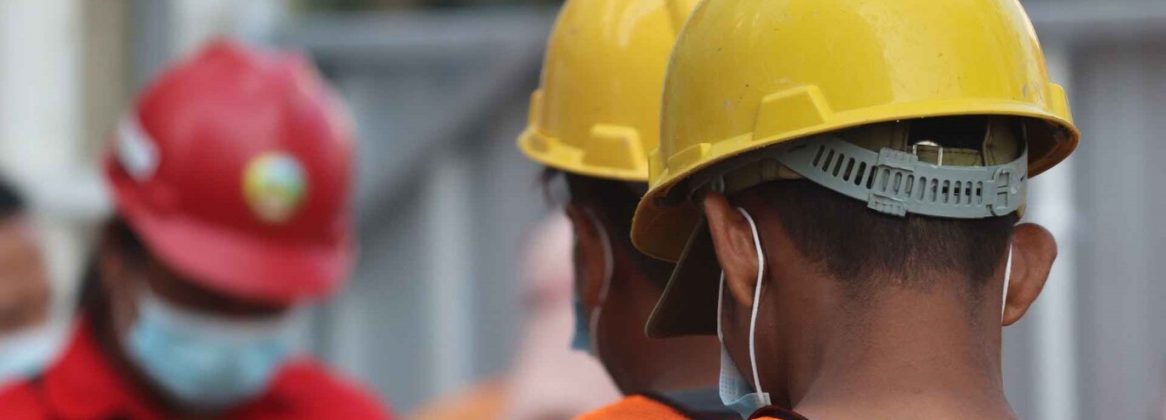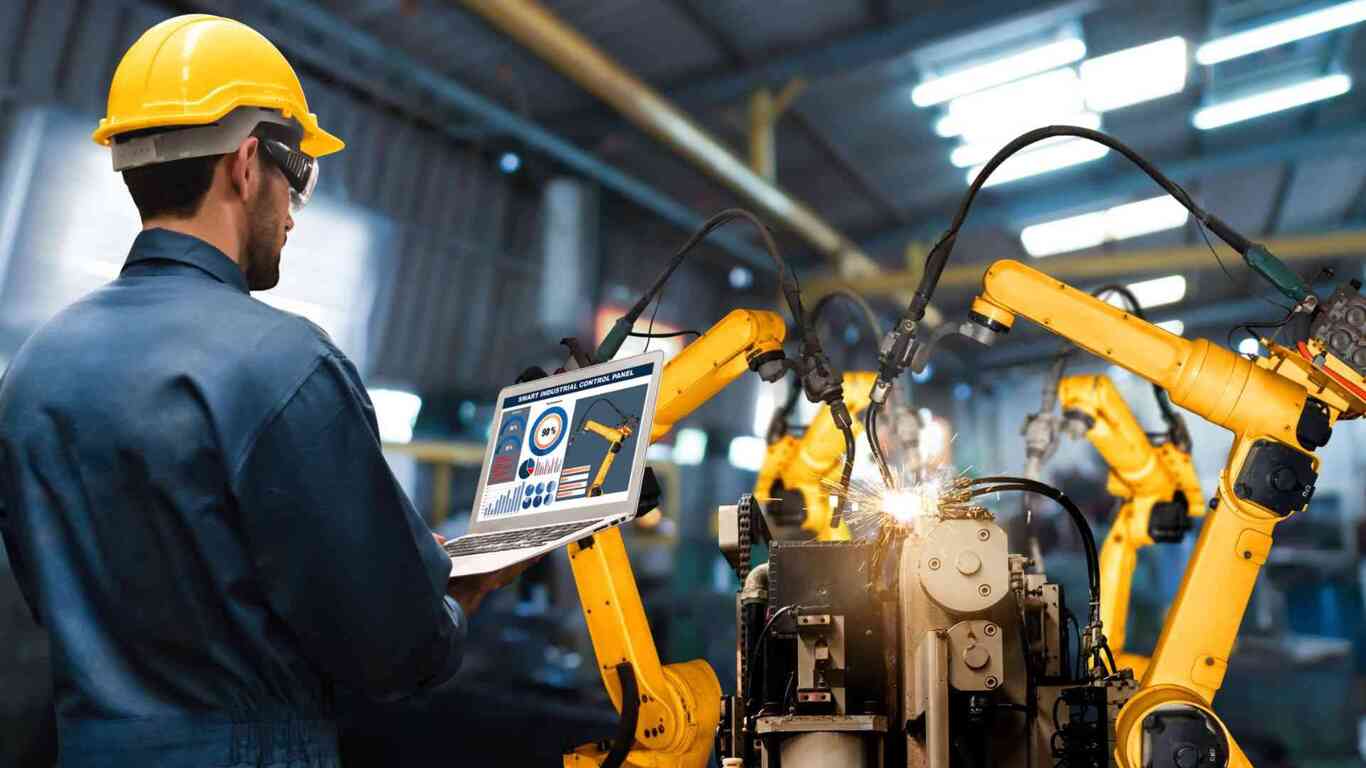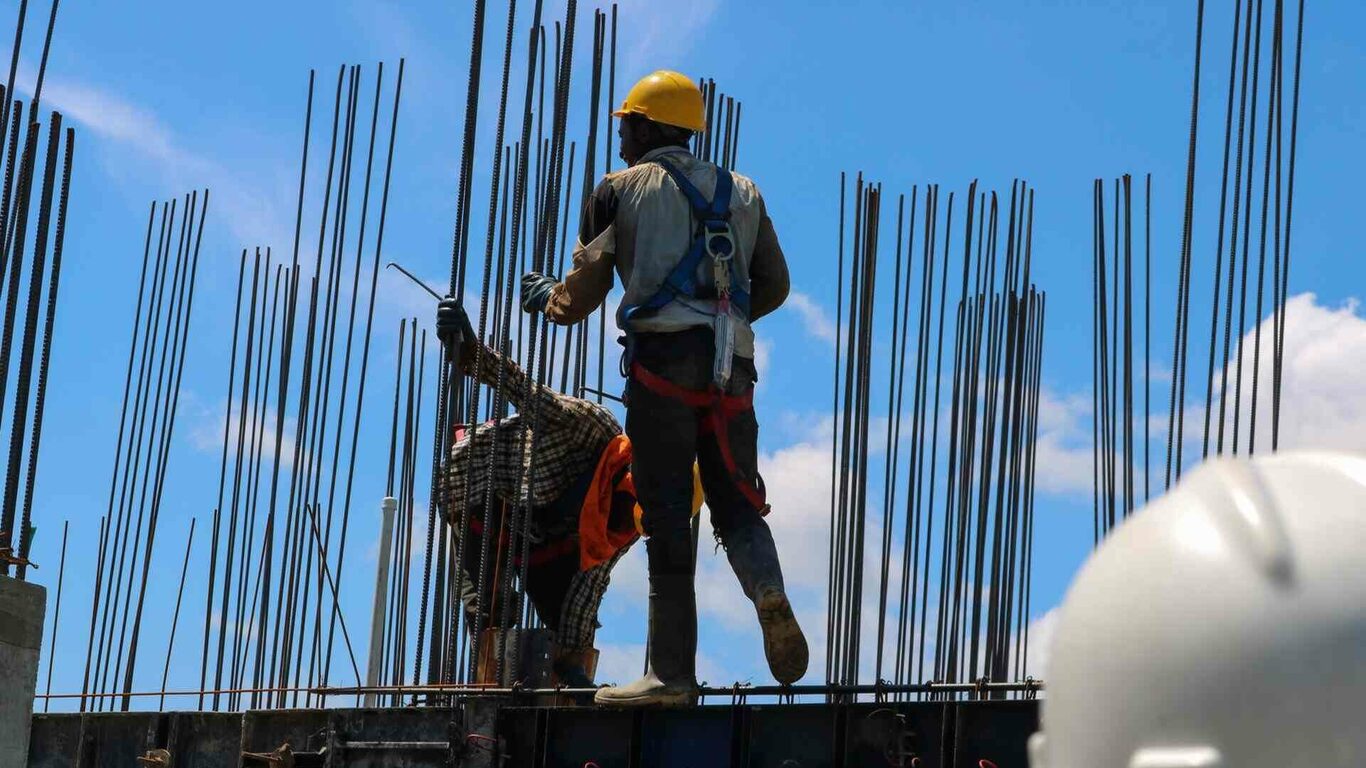Permit to work is a keystone of safe frontline operations in the heavy industry, functioning as procedural controls (the penultimate element, from top to bottom, in the 7-tier hierarchy of hazard control). They diminish the prospect of injuries, damage or loss of frontline assets by clearly – and formally – communicating to workers the steps to complete tasks, including the safety demands and personal protection required in each step.
For management, permits succinctly highlight the level of training and competency of workers, informing any authorization (also contained in the procedure) for the task to be performed. And for the HSE team, permits gain application during audits and reviews where they can be repurposed to determine the effectiveness of safety controls and learn from each job to improve safe working conditions.
Most organizations today still use a paper-based permit system or a hybrid system which typically include:
- SAP for permit generation and basic record keeping of job time stamps
- Paper-based post facto compliance
- Phone calls, mails, and in-person meetings for basic notifications
There are many drawbacks to these manual and hybrid Permit to Work system
The standard manually created, paper-based permits have a glaring lack of process visibility and poor document control that makes it difficult to track the actions of individual stakeholders, especially in complex projects.
Besides the issue of document control, paper-based permits are also easily susceptible to damage. A mistaken spill, minor accident or negligent action is all it takes to lose valuable safety records and frontline insights that the permits carry.
Additionally, maintaining standardization and consistency across large frontlines is extremely difficult with manual paper-based permits. Everyone invariably works off a different document, and the result is often a mismatch in standards enforced from one frontline to another, which causes safety and performance deficiencies.
Even discounting the administrative costs of printing paper (and reprinting when updates are issued), paper-based permits produce latency – valuable time lost in the intervening period between when manual forms are completed, transferred to and eventually approved by managers. The time lag hurts employee utilization and productivity metrics and increases the tasks’ mean resolution time.
Summing up:
- No advanced visibility of isolations to be performed, active permits, and permit conflicts
- No system-guided recommendations for permit type, hazards, isolations, certifications
- Complicated and time-consuming system with duplication of documentation
- Overreliance on tribal knowledge for hazards, critical control points, isolations, and other compliances
- Fragmented digital and paper systems.
- No system integration of SOPs, inspection checklists, HIRA, PSSR, etc
- No skill-based matrix to identify the right person for the job
The revolutionary realities of e-permit to work
E-permits have remarkable benefits for industrial frontlines that cannot be ignored. Using e-permit to work, frontline stakeholders have real-time visibility on the status of permit applications from when they are created to when the jobs have been logged closed. Compared to manual procedures where managers must be physically present to review and provide approval before work begins, an e-permit brings flexible working models that significantly reduce time loss.
Contractors can create standardized e-permits by selecting from several templates on their mobile devices. Furthermore, they can handily complete these forms as soon as job tasks are assigned or even en-route to the site location; afterward, sending to managers for approval in the same digital ecosystem. This ensures no time wasted on the job site, as frontline workers can now instantly engage with tasks without delay.
Another advantage of the permit’s real-time visibility is its self-regulating effect on accountability. E-permits motivate contractors, supervisors, and managers to uphold safety standards and follow safe working procedures. They know that the electronically available permit to work is instantly accessible by everyone, and no one can hide outside the telescope of its enterprise-wide visibility if anything goes wrong.
Moreover, e-permits prove particularly useful in large, multi-unit projects with constantly evolving variables, as they can be instantly updated, with current updates and notifications immediately available to every stakeholder on their mobile devices and gadgets.
Maximl’s Connected Worker platform and e-permit to work solution
Maximl is the industry leader in digital safety solutions for the heavy industry. Our flagship Connected Worker platform is changing the working models for deskless workers worldwide. Our e-permit-to-work solution that adds unrivalled visibility and traceability to the permit-to-work system. The Connected Worker platform includes hundreds of OSHA and ISO-standardized permit-to-work templates that cover a range of industries and can be modified to fit specific regulatory requirements in these industries. It is mobile-responsive and contains an intuitive interface that simplifies adoption by the deskless workforce.
Our Connected Worker platform integrates with incident reporting, audit management and other safety use cases. Once adopted, it can double up as a real-time safety search engine that improves the quality and totality of hazard recognition and provides real-time information access to enhance on-the-job performance. The ‘engine’ has searchable filter items, which include the job tasks’ general nature, the specific job, the contractor details, the date, the equipment used and the frontline location, which can save time during safety audits.
Additionally, our Connected Worker platform contains a centralized ‘frontline permits sketch’ that shows all ongoing jobs in the frontline – their current status and contractor actions – helping to avoid accidents that may result from double work conflicts.
Core Modules of Maximl’s e-permit solution
Permit Management
- Manage various types of Permits – Hot Work, Cold Work, Spark Potential
- Permit Visualization of Sitemap
- Customizable Permit Workflows
- Cross Referencing Permits
- Conflict Management
- Permit Audit & Forms
Isolations & Certificates
- Lockout Tagout Verification
- HV/LV Process Isolation
- Work Certificates
- Confined Space,Vehicle Entry
- Work at Height, Excavation
- Radiography, Override Inhibit
Process
- Job Safety Analysis
- Hazard Identification & Risk Assessment
- PAP Talk
- Pre-Job Inspections
Documents
- Rescue Plan, Lift Plan
- Drawings
- Gas Test
- Safety Checklists, etc
Analytics
- Permits by Status, Permitted Jobs by Order Type
- Permit Plot on Plant Layout
Administration & Master Data
- Workflow Builder & Template Builder
- Training Guides
- Plant Items
- Activities, Hazards, and Controls
Want to transform to an intelligent, robust, and agile permit system? Schedule a consultation with our PTW experts today!




